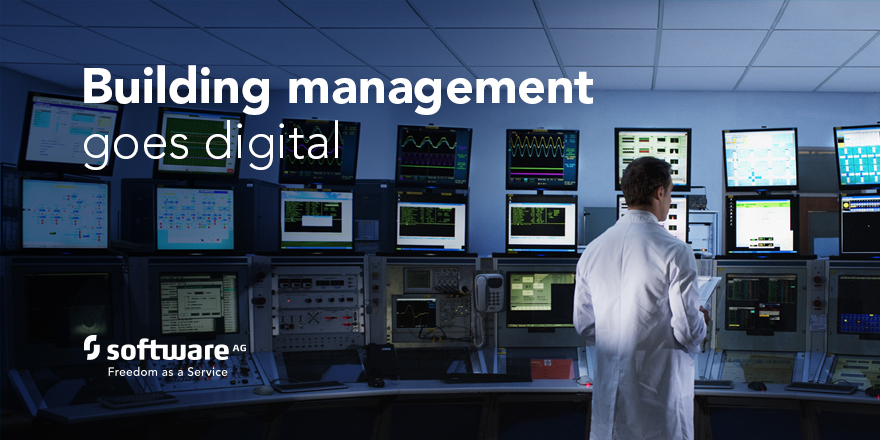Making short work of building maintenance
Keeping costs under control is the number one challenge for building facilitators, with energy and maintenance making up a large part of the spending. IoT can help manage this.

Managing a building is a complicated endeavor – managing lots of buildings is even harder.
As a building manager or facilitator, your goal is to provide your clients with optimal efficiency and comfort for their tenants and visitors, while also reducing their costs.
Keeping costs under control is the number one challenge for building facilitators, with energy and maintenance making up a large part of the spending. Heating, cooling, powering lights and computers are all facets of energy usage. Up to 30% of energy in buildings is used inefficiently or unnecessarily, according to the U.S. Environmental Protection Agency (EPA).
What if you could optimize all a building’s systems? If you have a smart building, with IoT sensors on your systems, you would be able to gather the data needed for specific purposes. For owners this means making your buildings as maintenance-free and low-cost and energy-efficient as possible. For tenants and visitors, it means providing them with the highest level of services and comfort.
Using smart solutions and the Internet of Things, building facilitators would be able to manage owners’ expectations, enabling them to provide an optimal experience for tenants and visitors – while helping them lower costs.
The market is growing: Next-generation smart building solutions are forecast to generate over US$2 billion in software and services revenues by 2026, according to ABI Research.
Smart buildings, smart management
A building management company in Australia has found the recipe for creating a smarter building – by using Cumulocity IoT’s device management platform, combined with Apama & TrendMiner’s IoT Edge and self-service analytics and webMethods.io cloud integration technology.
It is building IoT technology solutions that will enable a fully automated customer experience within buildings.
For example, when a guest arrives in one of their managed buildings, he/she has already confirmed their meeting by email which included a QR code from the host. When scanned on arrival at the building, security gates open, a lift arrives and takes the guest to the required floor, unprompted, where the host is waiting. The pre-booked meeting room will be at the optimal temperature and lighting for the meeting. And all un-required systems will be shut down at the end of the prescribed time – saving energy.
With the convergence of IT and OT, the company is creating these user experiences for its customers and the people using the spaces. This is data-driven management at its best, IT meets OT.
Conserving energy
Other examples of building-owner benefits include the core optimization of energy consumption. HVAC loads account for 40% of a building’s energy usage. Real-time analysis of the building’s heating, ventilation and cooling systems enables building owners to automate the changes in these systems. This results in a considerable reduction in energy consumption and drives real operational savings.
This is the space that an increasing number of building management companies have entered, by redefining services and capabilities around IoT.
Together Software and the building management company are co-developing a global Solution Accelerator in Australia for Building Management. With this, you can connect, monitor, analyze and control the systems in your buildings – saving money, time and creating a healthier and happier environment.
Learn more Software AG’s Solution Accelerator for Building Management by clicking below.